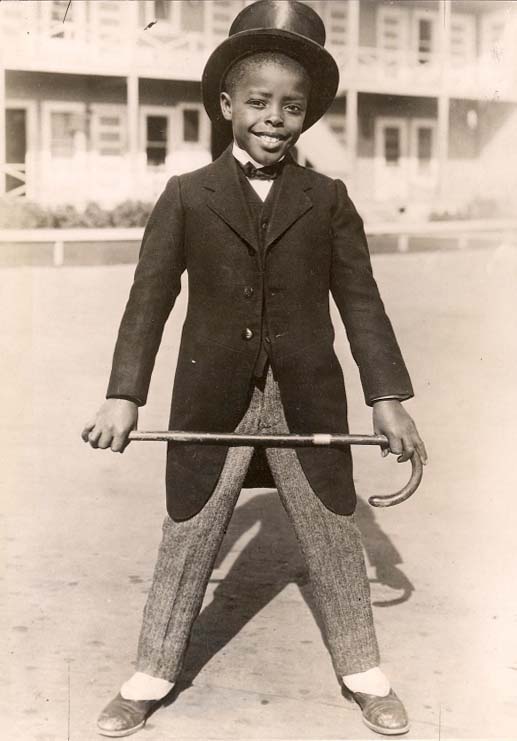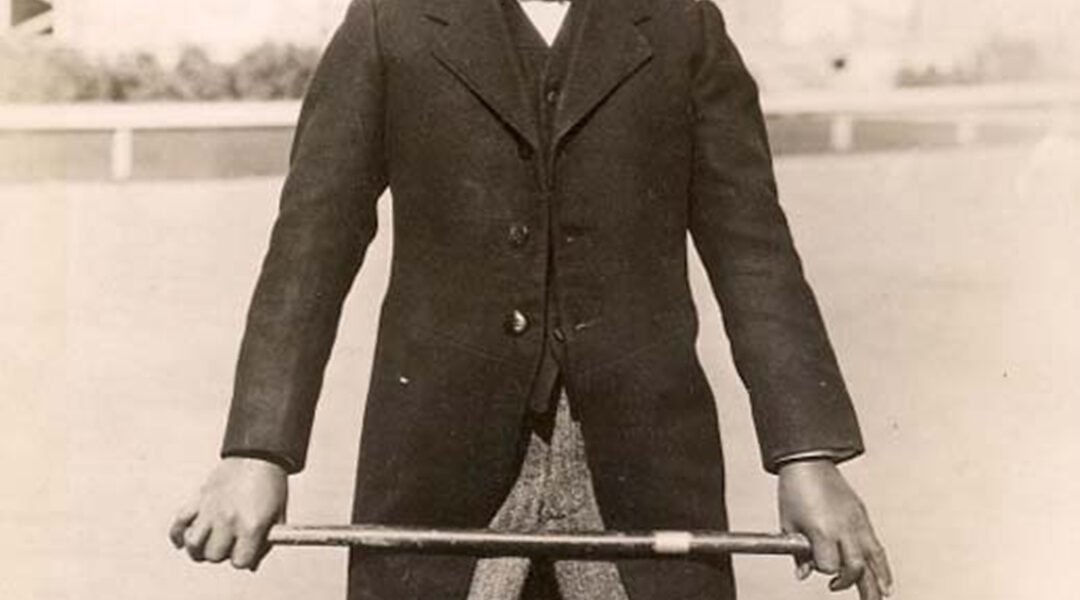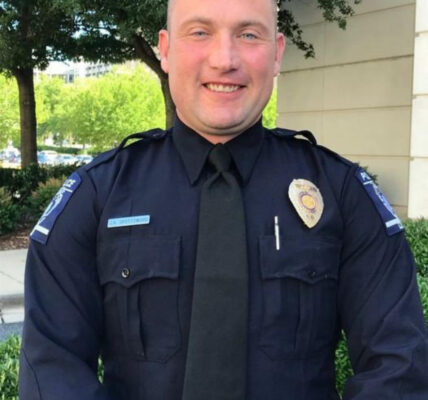
In the early days of Hollywood, when silent films flickered across screens and the industry was still in its infancy, a little boy with a radiant smile walked into history. His name was Ernest Fredric “Ernie” Morrison — but to audiences, he became Sunshine Sammy, the first Black child movie star.
Born in New Orleans in 1912, Ernie was the eldest child and only son of Joseph Ernest Morrison, a grocer who later became an actor, and his wife, Louise. He grew up with three younger sisters — Florence, Vera, and Dorothy. Life for the Morrison family was modest, but fate intervened when Joseph began working for a wealthy Los Angeles family with ties to the film industry.
One day in 1916, a desperate producer asked Joseph if he could bring his little boy to the studio. The actor originally cast for the role refused to stop crying, and the production was at a standstill. Three-year-old Ernie, calm and cheerful, was brought in. His smile lit up the set, and in that moment, Sunshine Sammy was born. His father later added “Sammy” to the nickname, but the “Sunshine” was all Ernie’s own.
A Star in the Making

Between 1917 and 1922, Morrison appeared in countless shorts, often paired with silent-era darling Baby Marie Osborne. His charisma was undeniable, and producers even created The Sunshine Sammy Series for him — though only one episode was made. That single attempt, however, sparked an idea in the mind of comedy producer Hal Roach. From it came one of the most beloved series in cinema history: Our Gang, later known as The Little Rascals.
Ernie Morrison became one of the original faces of the Gang. As the oldest member, he brought both leadership and mischief to the group of children whose antics entertained millions. He worked tirelessly, earning $10,000 a year — making him the highest-paid Black actor in Hollywood at the time, a groundbreaking achievement in an industry and era still deeply divided by race.
More Than Just a Child Star
From 1922 to 1928, Morrison appeared in 28 Our Gang episodes, but his ambition stretched further. He eventually left Hollywood for New York’s vaudeville stages, where he performed alongside soon-to-be legends like Abbott and Costello and Jack Benny. Later, he joined the cast of the Dead End Kids/East Side Kids, where he played “Scruno,” a character inspired by his own upbringing on New York’s East Side.
Morrison’s career was prolific. By the time he stepped away from the limelight, he had appeared in 145 motion pictures, an astonishing number for any actor, let alone one who began before kindergarten.
A Different Path
When World War II came, Morrison was drafted into the army. But even there, he couldn’t escape the stage — he sang, danced, and made soldiers laugh, bringing light to men facing the darkest of days. After the war, Hollywood still wanted him. Offers came. But Morrison, then older and wiser, made a decision few understood.
“I had fond memories of the movies,” he once said, “but no desire to be part of them again.”
Instead, he chose a quieter life. He found work in an aircraft assembly plant, a job that offered stability and dignity. For the next 30 years, he thrived in the aircraft industry, far from cameras and bright lights, but no less successful.
A Legacy That Endures

In 1987, two years before his passing, Ernie Morrison was honored with induction into the Black Filmmakers Hall of Fame. By then, many had forgotten the little boy who helped blaze trails in an industry that rarely gave Black performers their due. But his impact had never faded. He had been first — the first Black child movie star, the first to show that laughter, talent, and charisma could break barriers.
Ernie Morrison died of cancer in 1989. He was 76 years old.
But Sunshine Sammy still shines. His story is more than Hollywood history. It is a story of resilience — of a child who brought light into an industry that often tried to keep it hidden, of a man who knew when to walk away, and of a legacy that continues to inspire.
Because sometimes, history is written not in blockbusters or fame that lasts forever, but in the courage of a small boy who smiled into a camera — and changed everything.




